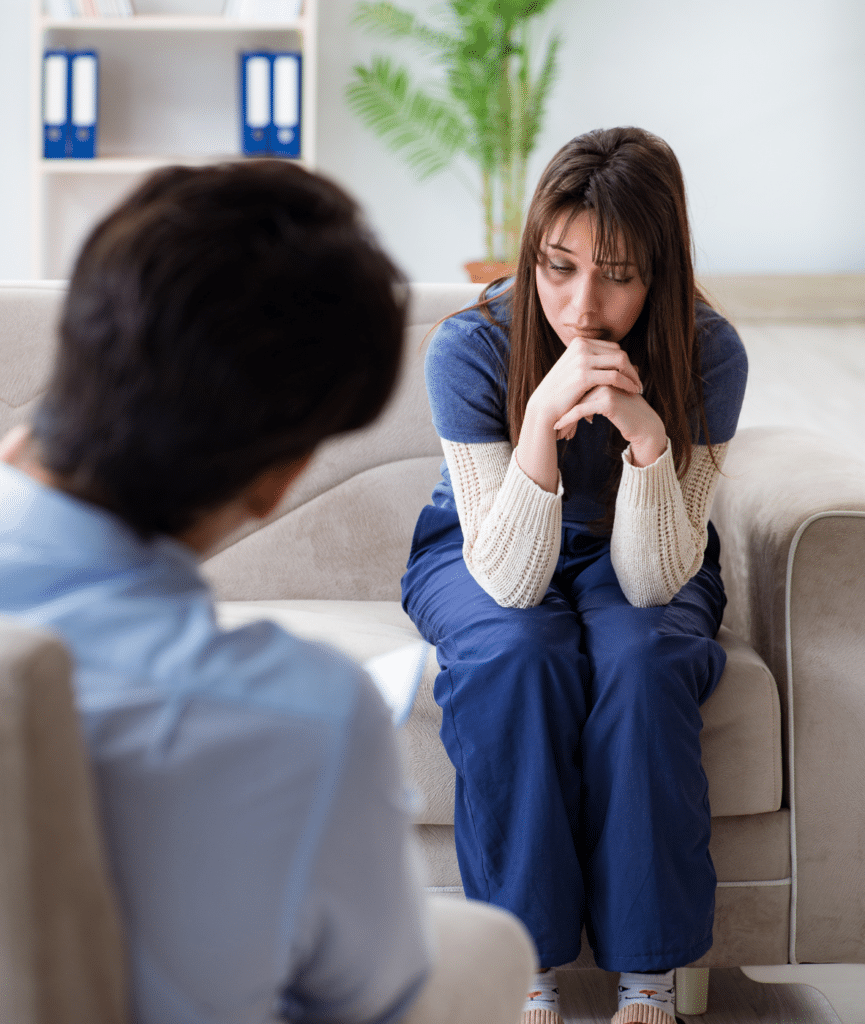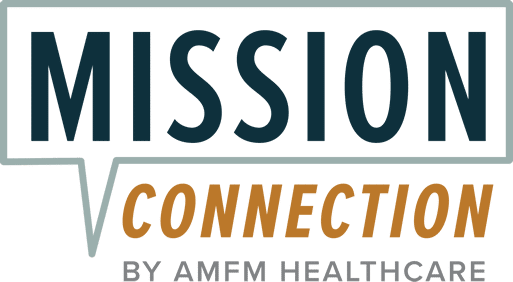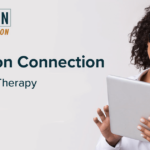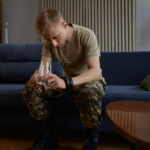Physical Abuse Recovery and Treatment

Every human being has the right to a safe life, a life free from harm. Unfortunately, physical violence remains all too frequent in our communities. While violence can affect anyone, certain populations are at greater risk of violence due to the social and economic conditions where they live and work.1
From a mental health perspective, physical abuse is a form of trauma. Trauma occurs in many different forms; sexual, physical, emotional, and psychological. It is when we feel completely overwhelmed by a stressful event, so much so that it affects our functioning on a physical, emotional, and cognitive level.
You may be left not only with physical scars but also with emotional scars. So, for this reason, it’s advisable to seek professional mental health support, just as you would a physician if you were physically unwell.
To answer all of your questions on physical abuse, on this page, we will cover:
What is physical abuse?
- Signs of physical abuse
- Impact of physical abuse on a person
- Therapy options for physical abuse survivors

What Is Physical Abuse?
Abuse can take many forms, including:3
Bruises- Broken bones
- Slapping
- Pushing
- Punching
- Kicking
- Open wounds, cuts, or, untreated injuries
- Physical restraint or confinement
- Deprivation of food or water over a long period
An abusive person can come from any background, including any gender, age, ethnicity, or economic background. Very often the person causing harm is not a stranger. They may be someone you know or be in a position of trust, such as a teacher or doctor. They may be a member of your own family.
Effects of Physical Abuse on Adults
We all need healthy amounts of cortisol in order to have an effective stress response, but if you are exposed to a traumatic event, such as physical abuse, or repeated assaults or danger, your body may become “stuck” in this response. In some instances, this could result in post-traumatic stress disorder (PTSD).
What’s more, trauma (and particularly long-term, ongoing trauma), can lead to chronic stress, which has been shown to lead to physical changes to the brain. This can affect your mental and physical health, making life feel more difficult.4
Other potential long-term effects of physical abuse are:
Engaging in risky behaviors (relating to alcohol, drugs, or sex)- Depression
- Anxiety disorders
- Difficulties forming trusting relationships
- Self-harm and suicidal thoughts
- Sleep disturbances
- Aggressive or violent behavior towards yourself or others
Signs of Physical Abuse
Anyone of any age can experience the adverse effects of physical abuse. Whilst each experience of physical trauma is varied and completely unique to each person, there tend to be some overlapping physical, behavioral, and emotional signs.
Physical Symptoms of Physical Abuse
One of the most obvious signs of physical abuse is physical symptoms. However, physical symptoms can often easily be covered up or excused for injuries from something else. Some of the most common signs of physical abuse can be:
- Unexplained bruises, welts, or scars
- Broken bones, sprains, or dislocations
- Physical signs of restraints, such as rope marks on the wrists
Behavioral Signs of Physical Abuse
Physical abuse survivors may also show signs of physical abuse through a change in their behavior. For example:
- Avoiding social situations or isolating themselves from their loved ones
- Changes in temperament, such as extreme withdrawal or aggression
- Neglecting personal hygiene or drastic weight changes
- Fear of being alone or reluctance to be around specific people
Emotional Symptoms of Physical Abuse
Unlike bruises that leave marks on the skin, the emotional toll of physical abuse can be harder to spot. Emotional symptoms of physical abuse can present as emotional distress. The following are signs of emotional distress:
- Confusion or agitation
- Low mood
- Depression
- Sudden mood changes
Therapy Options for Physical Abuse Survivors
Recovering from physical abuse often requires professional support. A mental health professional can assess you to gain a full picture of your needs and develop a tailored treatment plan. Evidence-based treatments for physical abuse survivors include:
Trauma-Focused Therapy
Eye Movement Desensitisation and Reprocessing (EMDR)
Research suggests that EMDR can be particularly effective at alleviating the emotional and psychological effects of physical abuse.6,7
Cognitive Behavior Therapy (CBT)
CBT is a short-term course of therapeutic treatment. Physical abuse often leads to negative thought patterns, such as self-blame, feelings of worthlessness, and fear. CBT can help you to identify and challenge these thoughts, replacing them with more positive and realistic ones.
CBT can also help you manage the intense emotions that can arise from trauma, such as anxiety, anger, and sadness. What’s more, CBT is shown to be effective at managing PTSD after trauma.8
Exposure Therapy
Those who experience physical abuse often develop avoidance behaviors to minimize the triggers that remind them of the trauma. Exposure therapy can help you confront these avoided situations, thoughts, and feelings, and move past them.- By repeatedly exposing yourself to your triggers in a safe environment, your fear response to these will gradually decrease. This process helps to rewire the brain’s response to these triggers, which helps to ease fear and anxiety.9
Treatment Programs for Abuse Recovery
If you think that you or a loved one may have experienced physical abuse, we want you to know that you’re not alone. Recognizing abuse is the first step to healing and reaching out for support.
We offer a comprehensive range of treatment options at Mission Connection for people who have experienced trauma and abuse. These include:
- Outpatient Group Therapy: Daily group sessions led by licensed therapists.
- Individual Therapy: Weekly one-on-one therapy sessions with customized, person-centered treatment plans.
- Medication Management: Weekly psychiatric care, including medication support.
- Experiential Therapy: Therapeutic activities that promote healing through connection and community.
The therapy modalities we use are cognitive behavioral therapy, dialectical behavior therapy, mindfulness-based therapy, psychoeducation groups, and solution-focused brief therapy. Give us a call at 866-706-5017 for more information on any of these services.
What’s more, you can receive support in a traditional outpatient setting or more flexibly using virtual therapy and telehealth services. The benefits of individual, in-person therapy are that you can work with a therapist face-to-face, which can help you feel more trusting and connected straight from the off-set. We operate in 3 states (California, Virginia, and Washington), so you can receive therapy treatment from any of these centers.
However, if you have a busy schedule, are far away from our treatment centers, or want to have therapy from the comfort of your own home, online therapy is a great option.
Reach Out for Physical Abuse Support
If you or someone you love is experiencing physical abuse, seeking professional support is paramount to helping rebuild your life and heal. At Mission Connection we provide compassionate, evidence-based outpatient mental health care tailored to your needs. Our licensed professionals offer flexible scheduling, both in-person and online, to fit your lifestyle.
With personalized treatment plans, a range of therapeutic approaches – including individual and group therapy – and medication management if needed, we guarantee you receive care and support that’s right for you.
We’re proud to report that we have a high client satisfaction rate of 96%+. What’s more, we’re committed to offering accessible, insurance-accepted care, because no one should be left to manage mental ill-health alone.
If you are looking to access mental health support, call 866-706-5017 today.
References
- Violence in relationships: Love shouldn’t hurt. (2023, October 6). https://www.apa.org. https://www.apa.org/topics/physical-abuse-violence/relationships-dating-love-sex
- British Association of Counselling and Psychotherapy. (n.d.). Abuse: What therapy can help with. https://www.bacp.co.uk/about-therapy/what-therapy-can-help-with/abuse/
- California Department of Social Services. (n.d.). Adult protective services (APS). https://www.cdss.ca.gov/inforesources/adult-protective-services
- Upin, A. (2022, December 27). What is trauma and how does it affect your brain? Nice Healthcare. https://www.nice.healthcare/the-nicessities/what-is-trauma
- Stein, M. B., & Norman, S. (2024). Posttraumatic stress disorder in adults: Psychotherapy and psychosocial interventions. In P. P. Roy-Byrne & M. Friedman (Eds.), UpToDate. Retrieved January 2025, from https://www.uptodate.com/contents/posttraumatic-stress-disorder-in-adults-psychotherapy-and-psychosocial-interventions
- Paintain, E., & Cassidy, S. (2018). First-line therapy for post-traumatic stress disorder: A systematic review of cognitive behavioural therapy and psychodynamic approaches. Counselling and Psychotherapy Research, 18(3), 237–250. https://doi.org/10.1002/capr.12174
- Stowasser, J. E. (2007). EMDR and family therapy in the treatment of domestic violence. Handbook of EMDR and family therapy processes, 243-261.
- https://www.apa.org/ptsd-guideline/treatments/cognitive-behavioral-therapy
- McSweeney, L. R., Rauch, S. A. M., Norman, S. B., & Hamblen, J. L. (n.d.). Prolonged Exposure for PTSD. U.S. Department of Veterans Affairs. https://www.ptsd.va.gov/professional/treat/txessentials/prolonged_exposure_pro.asp#:~:text=The%20review%20concluded%20that%20there,most%20effective%20treatments%20for%20PTSD.






